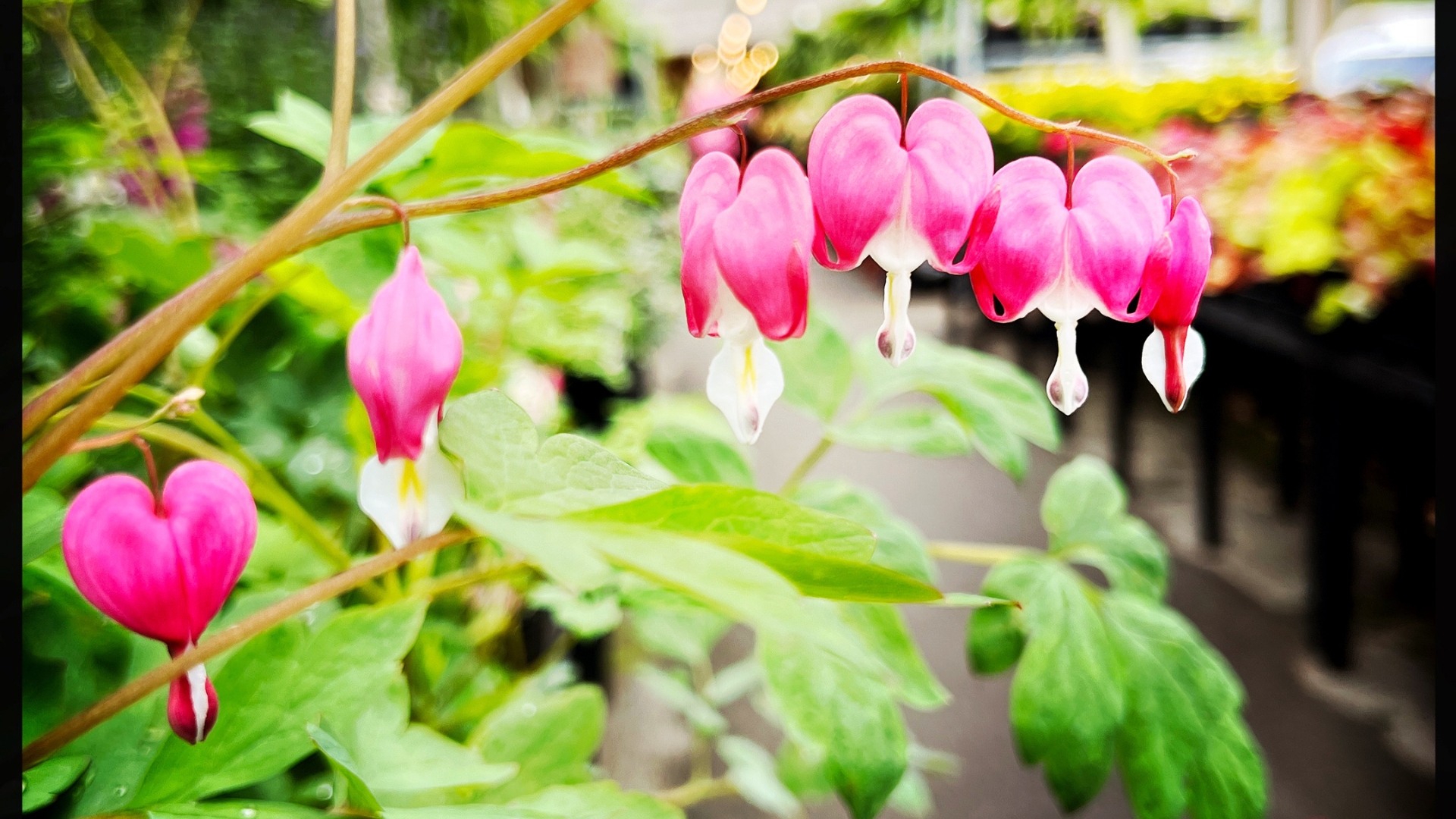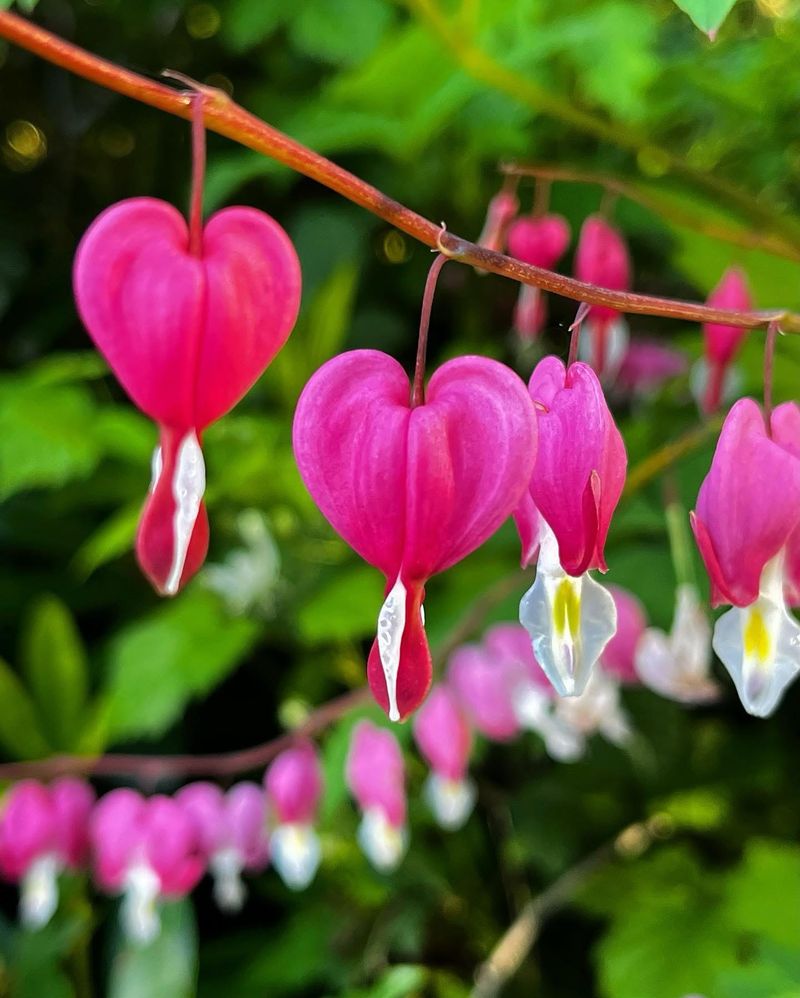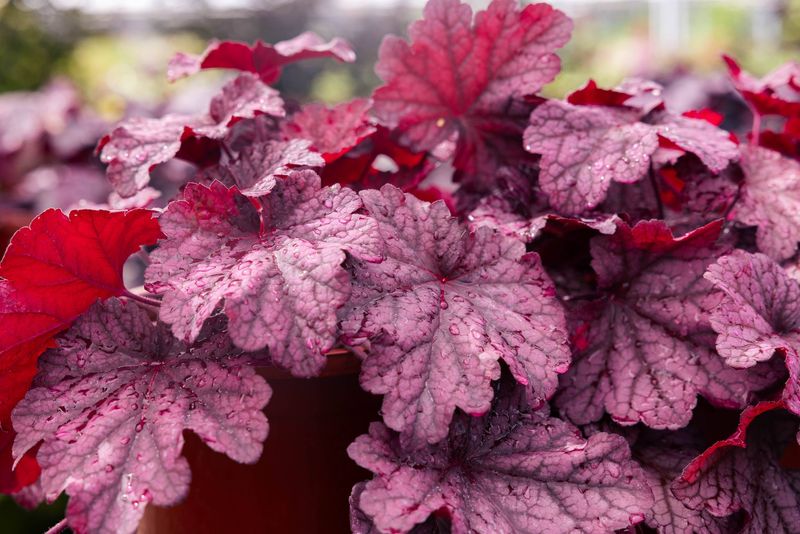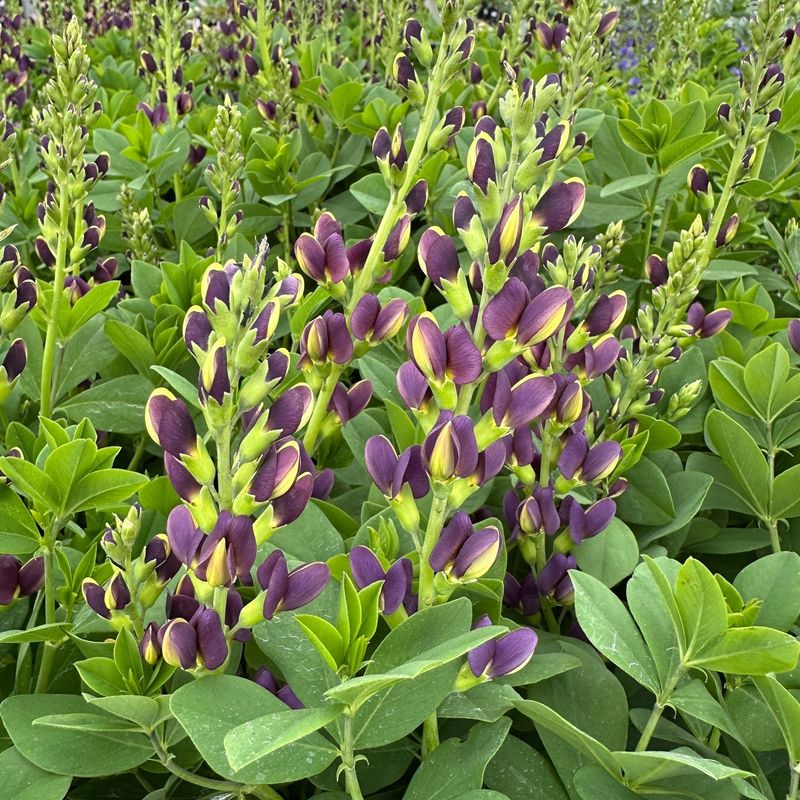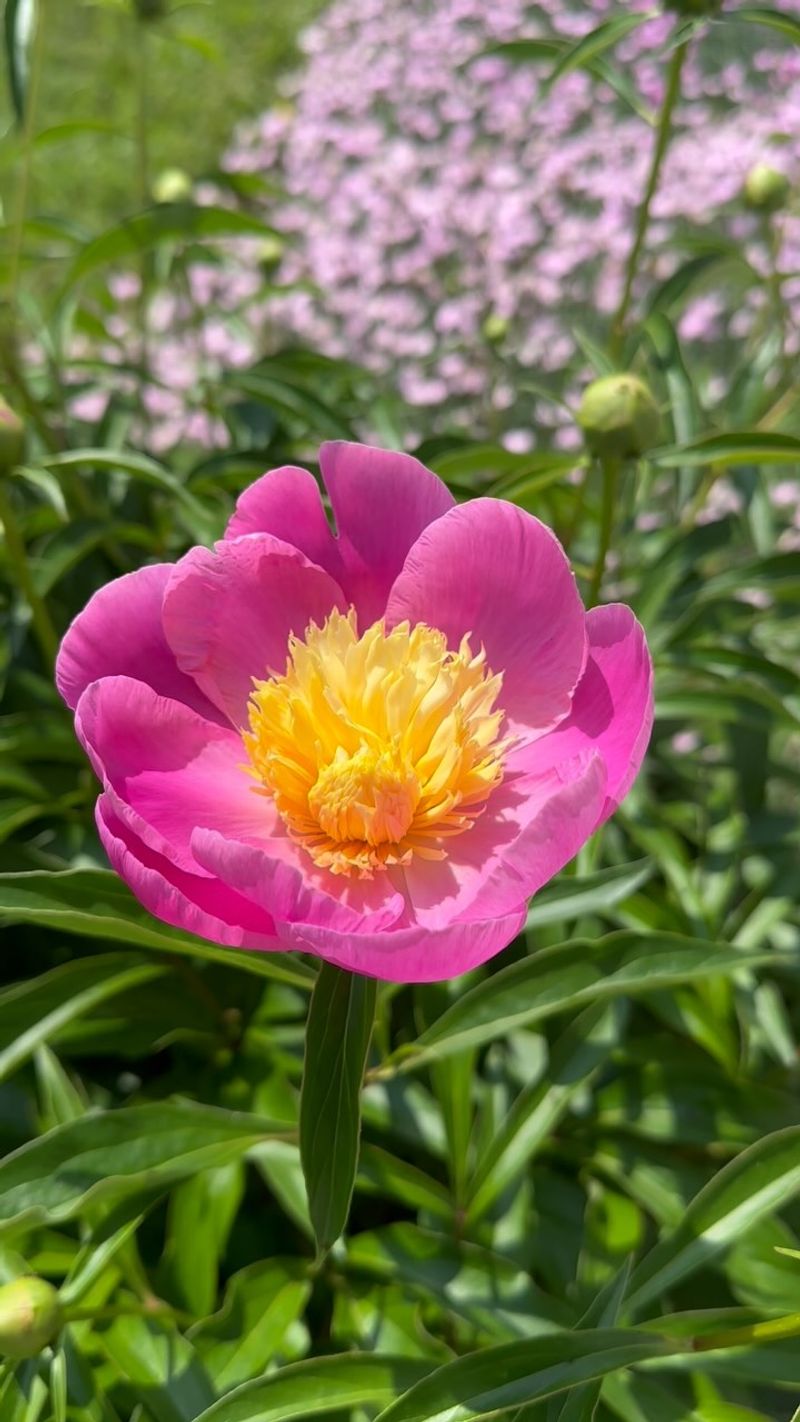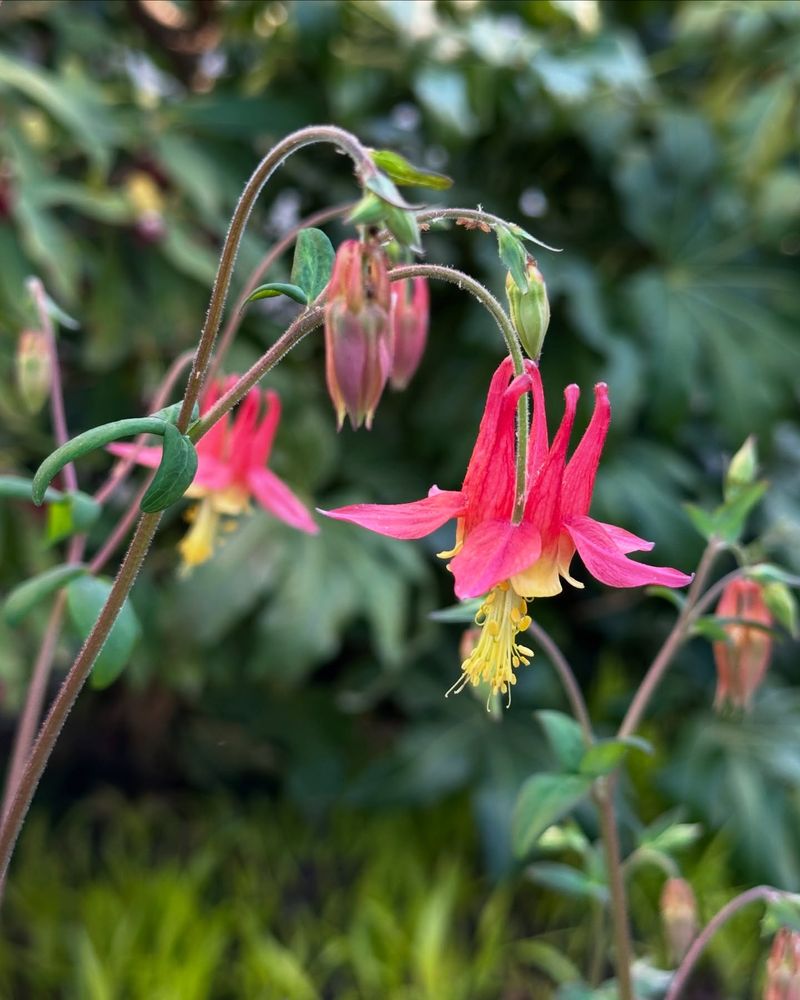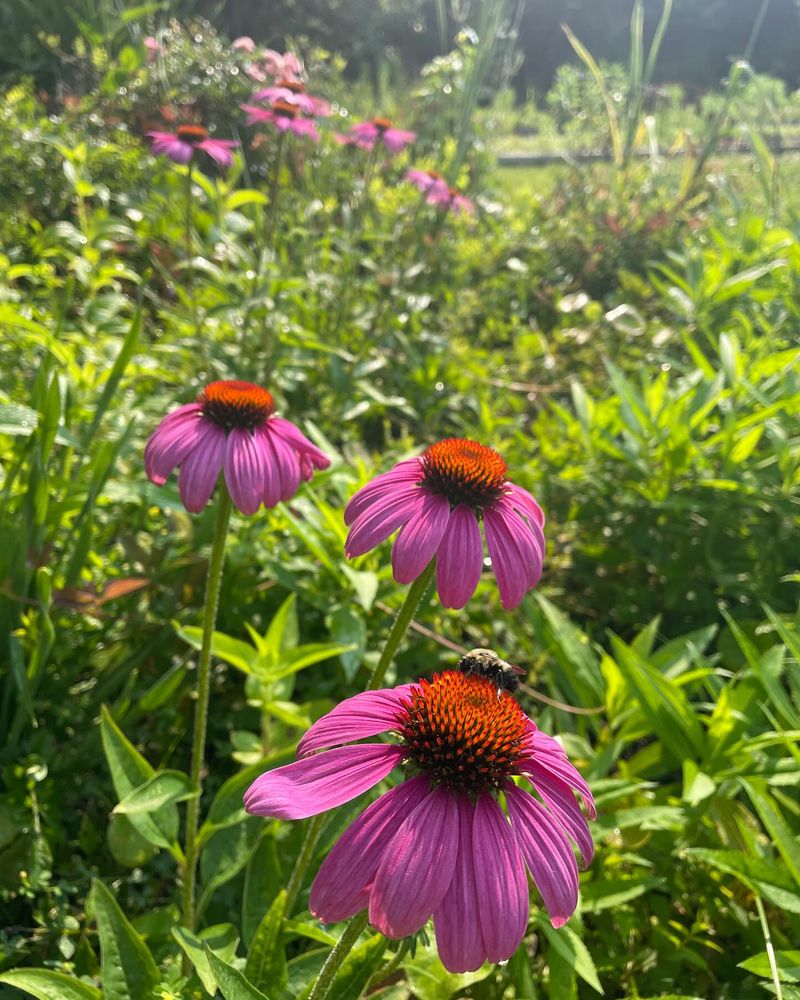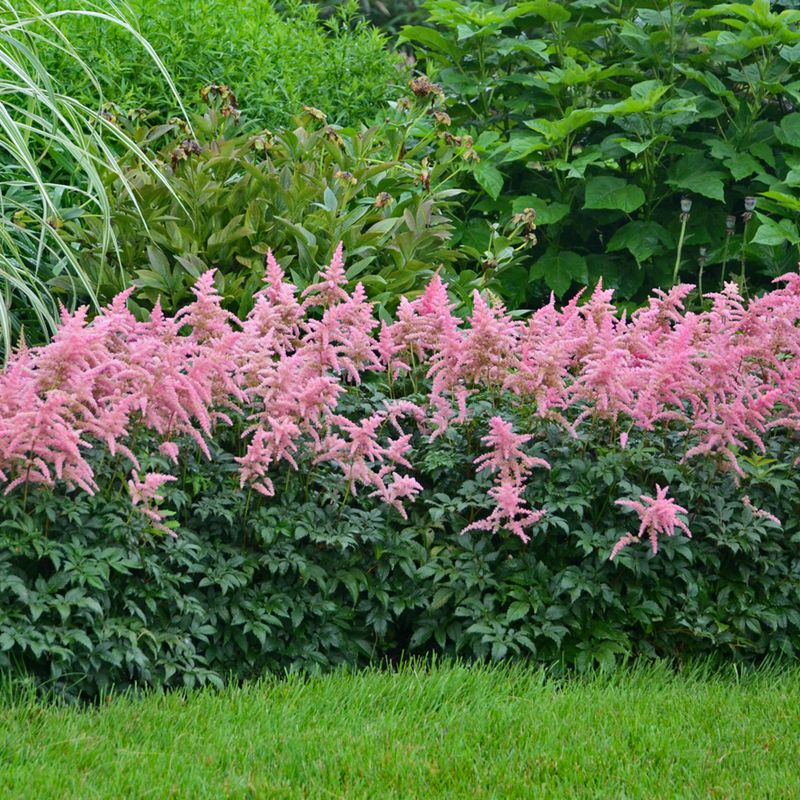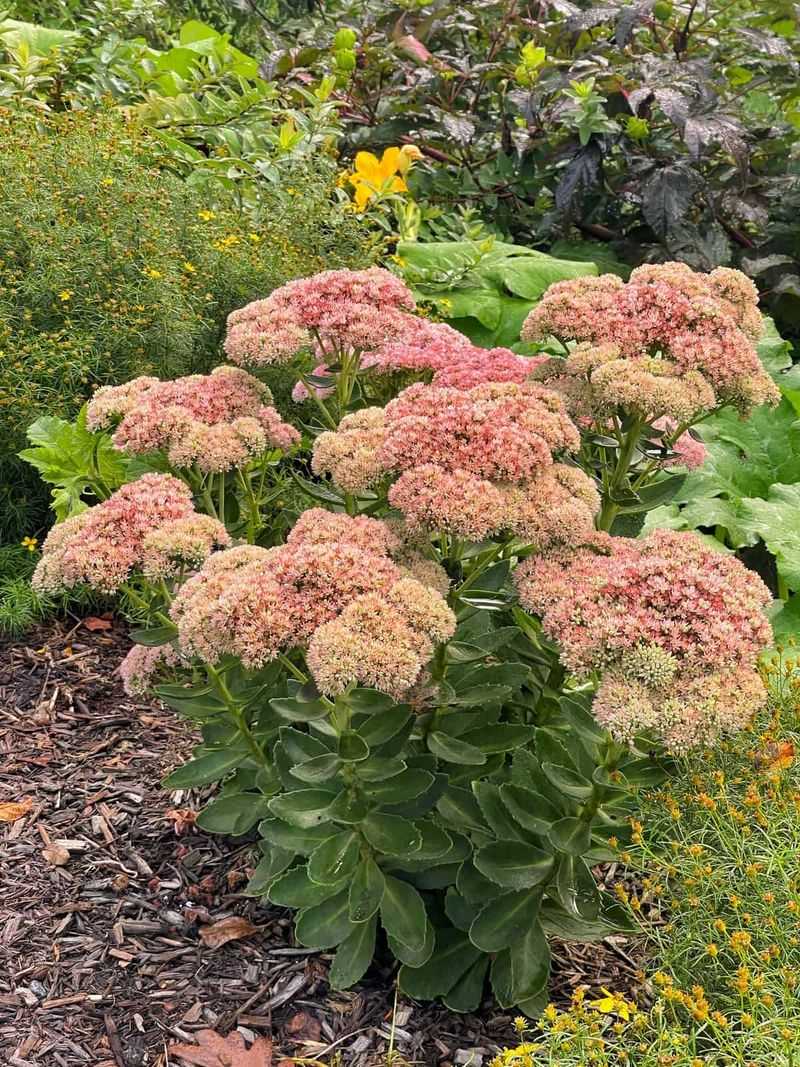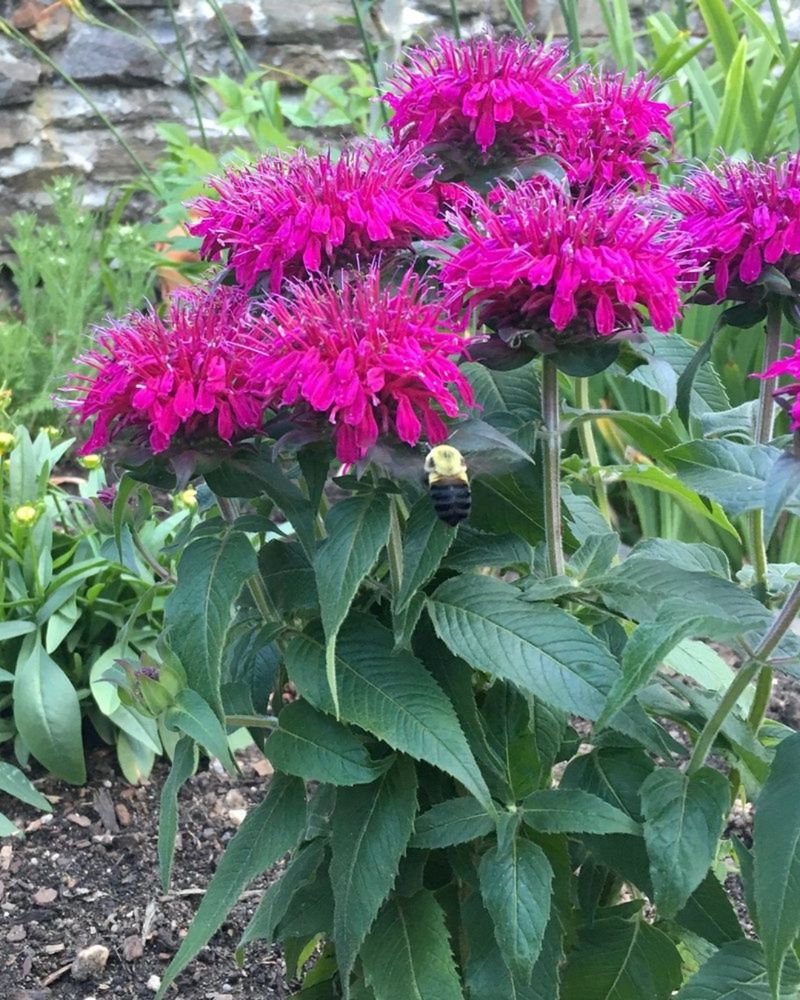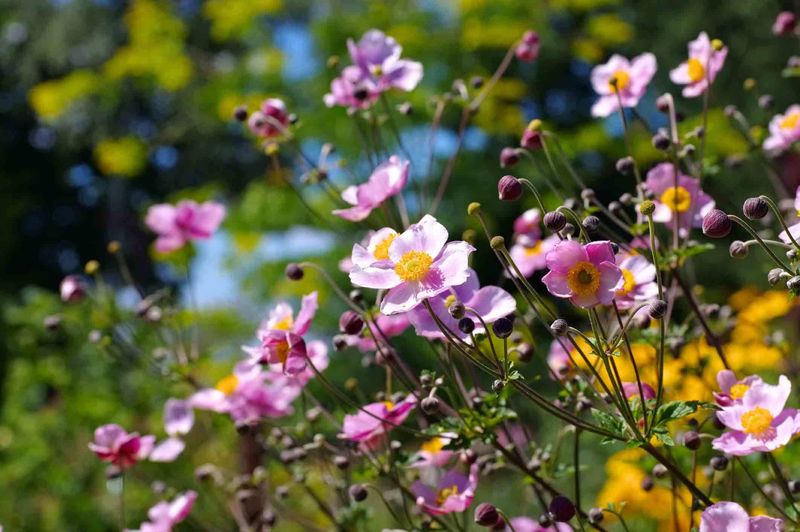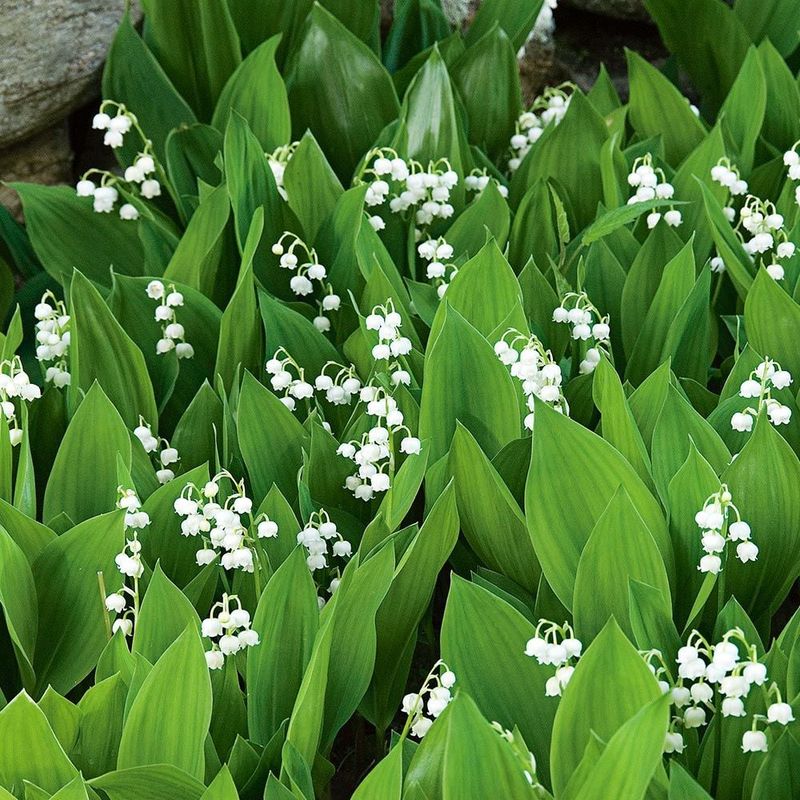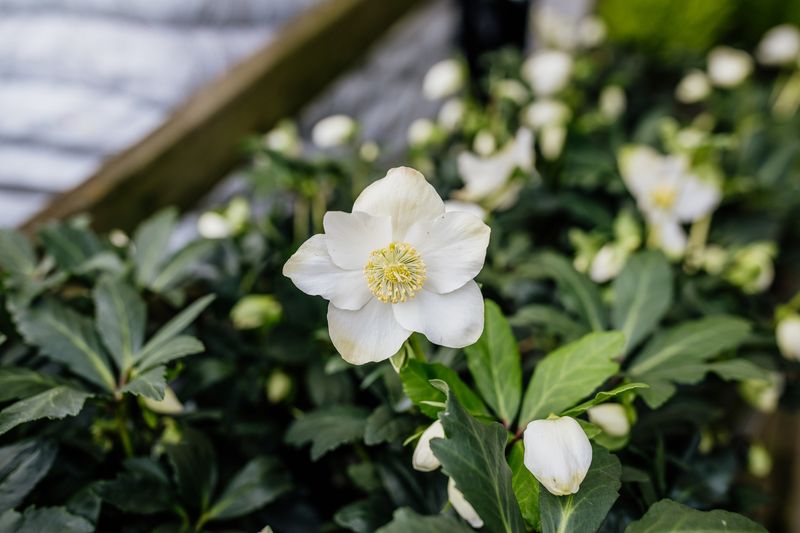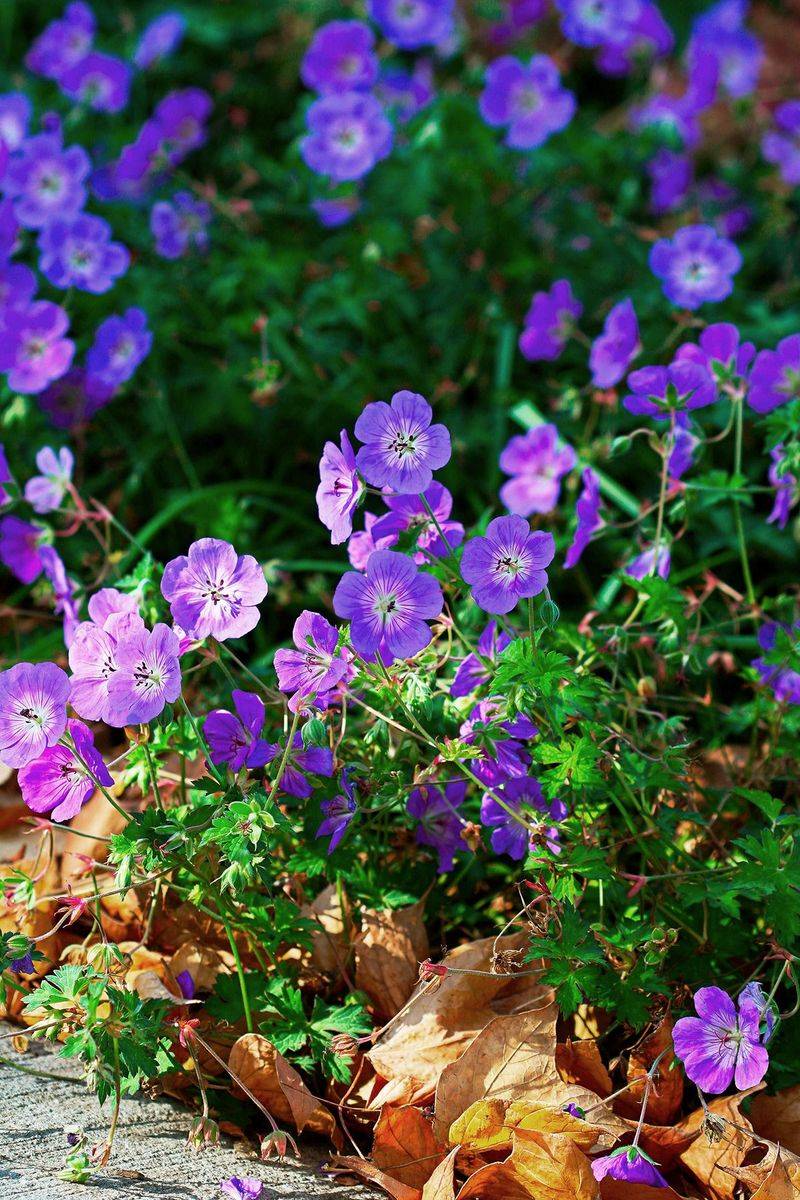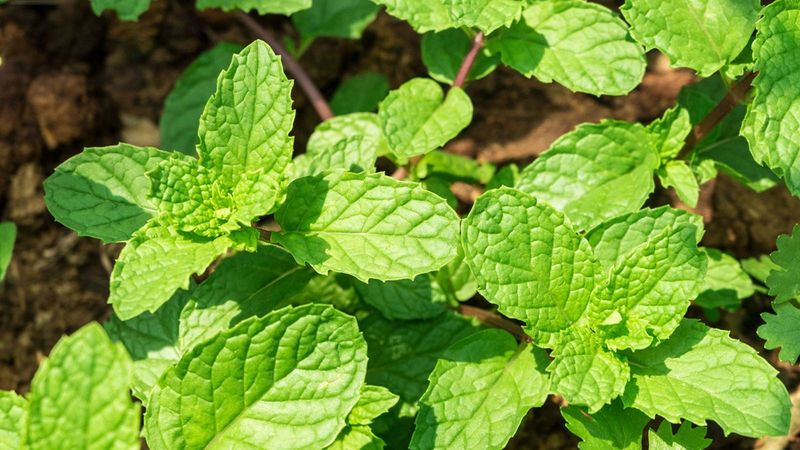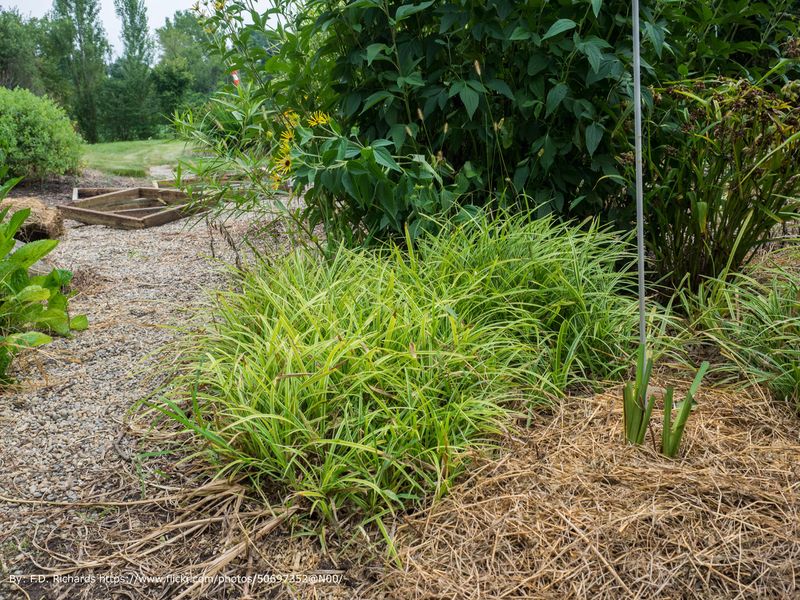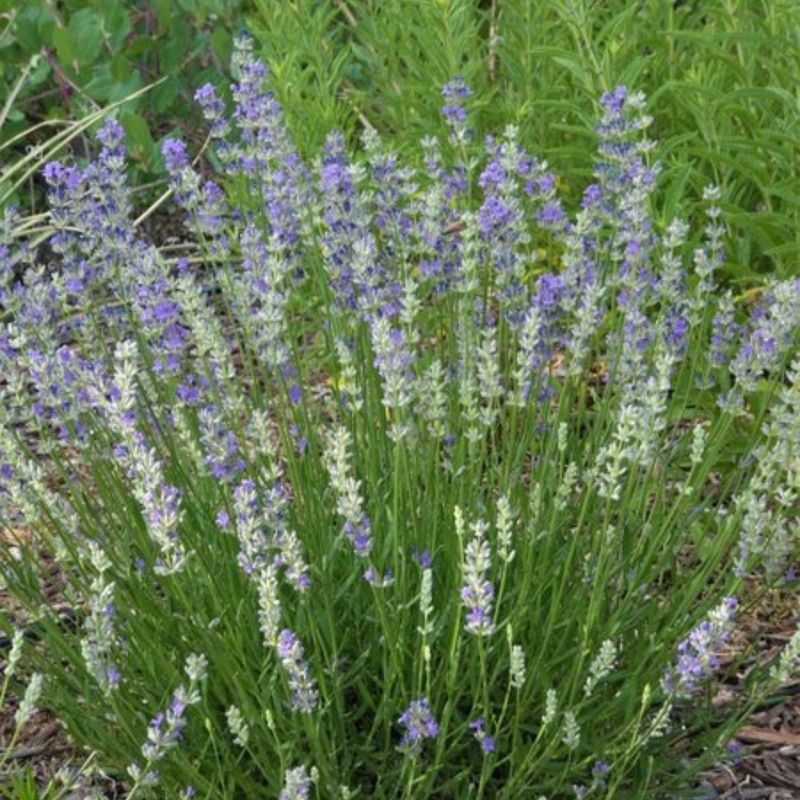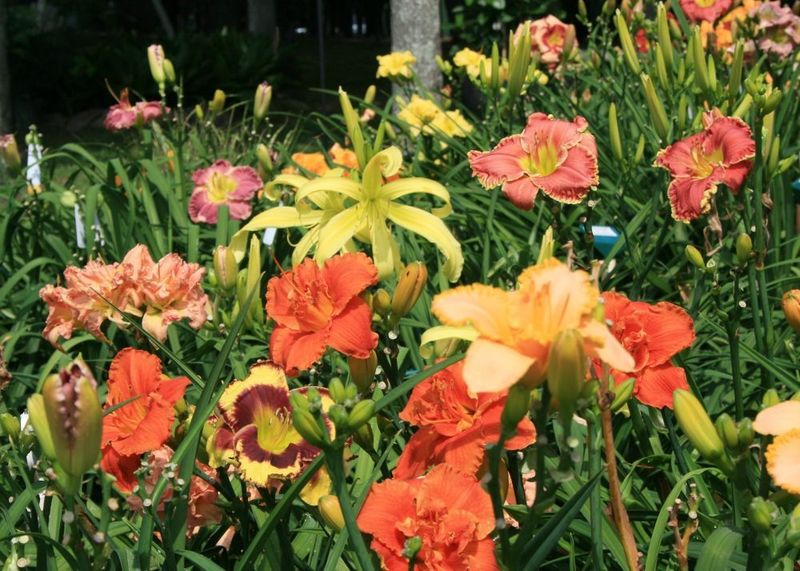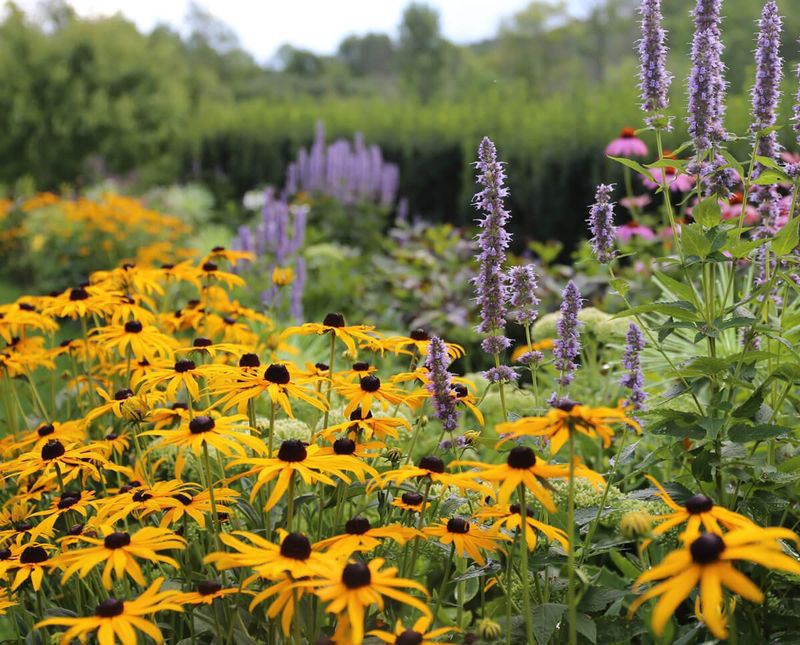Gardening with perennials can be a game of balance – some plants spread like wildfire while others need a helping hand to expand their territory. Understanding which perennials need assistance to spread and which ones might take over your garden is essential knowledge for any green thumb. This guide will walk you through 13 beautiful perennials that could use your help to spread their roots, plus 5 that will happily multiply all on their own.
1. Bleeding Heart: The Romantic Slow-Spreader
These heart-shaped blooms might capture your heart quickly, but they take their sweet time spreading throughout your garden. Bleeding Hearts prefer woodland-like conditions with rich, moist soil and partial shade to thrive properly.
To encourage spreading, divide mature plants every 3-5 years in early spring or fall. Carefully dig up the root ball and separate it into sections with a sharp knife, ensuring each division has both roots and shoots.
Replant immediately and keep well-watered until established. Their delicate nature makes them perfect companions for hostas and ferns in shadier garden spots.
2. Coral Bells: Colorful Foliage That Stays Put
Sporting vibrant foliage in shades ranging from purple to lime green, Coral Bells (Heuchera) create stunning garden accents but rarely venture far from where you plant them. Their compact growth habit means they won’t naturally colonize new territory in your garden beds.
Help these beauties spread by dividing established clumps every 3-4 years in spring. Look for natural divisions in the crown and gently pull apart or cut with a clean knife. Each division should have healthy roots and several leaves.
Plant divisions at the same depth as the original plant. With their shallow root systems, they appreciate a layer of mulch to retain moisture and protect from winter heaving.
3. Baptisia: The Prairie Native That Stands Its Ground
False indigo develops an impressive taproot that anchors it firmly in place, making it reluctant to spread naturally throughout your garden. Once established, this native prairie plant creates a stunning architectural presence with its lupine-like flower spikes in blue, purple, yellow, or white.
Due to its deep taproot, Baptisia resists division and transplanting. Instead, collect and sow seeds in fall or early spring to create new plants. Young seedlings take 3-4 years to reach flowering size, requiring patience.
Alternatively, look for new shoots emerging around the plant’s perimeter in spring – these can sometimes be carefully dug and replanted with a portion of root attached. Their drought tolerance makes them excellent low-maintenance perennials.
4. Peonies: Century-Long Bloomers That Stay Put
Garden royalty with their lush, fragrant blooms, peonies can live for decades—sometimes even a century—without needing much attention. Despite their longevity, these perennial treasures form slow-growing clumps that stay right where you plant them, never becoming invasive or spreading on their own.
To create more peony plants, carefully divide mature clumps in fall. Dig around the plant and lift the entire root system. Using a sharp knife, cut the roots into sections, ensuring each division has 3-5 eyes (growth buds).
Plant divisions with eyes no deeper than 2 inches below soil level—too deep and they won’t bloom! New divisions may take 2-3 years to produce flowers, so patience is key.
5. Columbine: Self-Seeding Beauty That Needs Direction
With their distinctive spurred flowers dancing above delicate foliage, columbines bring whimsical charm to spring gardens. While they do self-seed, they don’t spread through roots, making their distribution somewhat unpredictable and often sparse in gardens.
Encourage more consistent spreading by collecting seeds when seed pods turn brown but haven’t opened yet. Sow immediately in a prepared garden bed or cold stratify in the refrigerator for spring planting. For more control, start seeds indoors 8-10 weeks before last frost.
Columbines hybridize easily between varieties, so seedlings may display surprising color combinations. Deadhead some flowers to control excessive self-seeding while leaving others to naturally disperse.
6. Coneflowers: Native Beauties That Need Nudging
Echinacea’s cheerful daisy-like blooms attract butterflies and birds to your garden while providing medicinal benefits too. While these prairie natives form expanding clumps over time, they rarely spread aggressively enough to create the stunning drifts we often admire in garden designs.
Help coneflowers colonize larger areas by dividing established clumps every 4-5 years in early spring or fall. Seeds can also be collected and direct-sown in fall for natural stratification. Leave some seed heads standing through winter to feed birds and allow for some natural reseeding.
For quicker coverage, space multiple plants about 18 inches apart when initially planting. Their drought tolerance makes them perfect for sunny, low-maintenance garden areas.
7. Astilbe: Feathery Plumes That Stay in Formation
The feathery plumes of Astilbe bring textural elegance to shady garden corners, but these moisture-loving perennials form neat clumps that expand slowly. Their reluctance to spread widely means you’ll need to intervene if you want to create dramatic drifts of their colorful flower spikes.
Division is the most reliable method for increasing your Astilbe collection. In early spring or fall, dig up established clumps and separate them into smaller sections using a garden fork or sharp spade. Each division should have several healthy buds and roots.
Replant immediately at the same depth, spacing divisions 18-24 inches apart. Keep newly divided plants consistently moist until established.
8. Sedum ‘Autumn Joy’: Succulent Star That Stays Compact
The flat-topped flower clusters of Sedum ‘Autumn Joy’ transform from pale pink to rusty copper through the seasons, providing extended visual interest. Despite its sturdy nature, this succulent perennial forms well-behaved clumps that expand slowly without becoming invasive in garden settings.
Encourage more Sedum plants by dividing established clumps every 3-4 years in spring. Simply dig up the plant and pull apart natural divisions with your hands, or cut through denser clumps with a knife.
Even small sections with roots will establish quickly. Stem cuttings root easily too—just snip 3-4 inch pieces and stick them directly into moist soil.
9. Bee Balm: The Pollinator Magnet That Needs Space Management
Vibrant Monarda (bee balm) draws hummingbirds and bees with its crown-like flowers in shades of red, pink, and purple. While it does spread through underground runners, it often becomes congested in the center over time, reducing flowering and increasing susceptibility to powdery mildew.
Help manage bee balm’s spread by dividing clumps every 2-3 years in spring. Dig up the entire plant and separate the outer, healthier portions from the sometimes woody center. Discard the center and replant the vigorous outer sections.
This rejuvenates the plant and controls its spread. Improve air circulation by thinning stems and providing adequate spacing between plants. Native varieties tend to be more resistant to mildew than cultivated hybrids.
10. Japanese Anemone: Late-Season Bloomer That Takes Its Time
Tall, elegant Japanese anemones bring welcome color to the late summer and fall garden with their poppy-like blooms dancing above lush foliage. Despite their graceful appearance, these perennials can be slow to establish and spread, sometimes taking several years to form substantial clumps.
Patience is key with these beauties, but you can encourage faster spreading by dividing established plants in spring. Carefully dig around the clump and lift the root ball. Divide into sections with a sharp knife, ensuring each piece has both roots and some top growth.
Root cuttings can also be successful—cut 2-inch sections of larger roots and lay them horizontally in a pot of soil. Keep the soil consistently moist until new growth appears.
11. Lily of the Valley: Fragrant Groundcover That Needs Direction
Few scents rival the sweet perfume of lily of the valley’s dainty bell-shaped blooms in spring. While often described as spreading, these woodland natives can be surprisingly slow to establish in some gardens, particularly in heavy clay or dry conditions.
Help lily of the valley create a lush carpet by dividing and replanting crowns (called pips) in fall or early spring. Dig up established clumps and gently separate the rhizomes, ensuring each division has several pips and roots attached.
Plant pips just below the soil surface, spacing them about 4 inches apart. Keep newly planted areas consistently moist until established. Adding leaf mold or compost improves soil conditions for faster spreading.
12. Hellebores: Winter Bloomers That Stay in Place
Hellebores bring welcome color to the winter garden with their nodding, cup-shaped flowers in shades ranging from white to deep purple. These evergreen perennials form slowly expanding clumps but won’t spread aggressively through your garden beds on their own.
While hellebores resist division due to their deep root systems, they do self-seed if flowers are left to mature. Seedlings often appear around parent plants and can be carefully transplanted when they have several true leaves.
For more controlled spreading, collect seeds when seed pods begin to split and sow immediately in pots or prepared garden beds. Seedlings typically take 2-3 years to reach flowering size.
13. Hardy Geranium: Versatile Bloomers That Need Rejuvenation
Not to be confused with annual geraniums, these hardy perennials form mounding clumps with delicate flowers in shades of pink, purple, and blue. While some varieties spread modestly through rhizomes, most form tidy clumps that expand slowly over time.
Rejuvenate and increase your hardy geranium collection by dividing plants every 3-4 years in spring or fall. Some varieties benefit from being cut back entirely after flowering to encourage fresh foliage and potential reblooming.
Division is straightforward—simply dig up the clump, split it into smaller sections with a sharp spade or knife, and replant immediately. Each division should have roots and several growth points.
14. Mint: The Garden Escape Artist
Refreshing mint brings wonderful fragrance to the garden, but its aggressive spreading habit through underground runners makes it notorious for taking over. Plant this perennial herb in containers or install deep barriers to prevent it from colonizing your entire garden.
Mint’s vigorous nature means you’ll never need to help it spread—quite the opposite! To control it, grow in pots or install 12-18 inch deep barriers around planting areas. Regularly pull wayward runners that escape containment.
15. Lamb’s Ear: A Soft, Sprawling Groundcover
Lamb’s Ear expands across garden beds with fuzzy, silver foliage that roots as it creeps. It’s quick to fill in gaps and outcompete weeds, especially in sunny, dry areas.
Just give it space, and it will do the rest. Its soft texture adds visual interest and contrasts beautifully with bold-colored blooms. Plus, it’s deer-resistant and thrives in poor soil where fussier plants struggle.
16. Yarrow: A Hardy Spreader That Fills In Fast
Yarrow is a tough, drought-tolerant perennial that spreads rapidly via underground stems and self-seeding.
Once established, it easily takes over open spaces, making it ideal for groundcover or wildflower-style gardens. It thrives with little maintenance and poor soil conditions.
17. Ice Plant: A Colorful Groundcover That Loves The Sun
Ice Plant forms dense mats of succulent foliage topped with bright, daisy-like flowers that bloom all summer. It spreads easily in hot, dry conditions and thrives in rocky or sandy soil.
This sun-loving perennial is ideal for borders, slopes, or anywhere you need fast, low-water coverage. Its vivid blooms attract pollinators and add a tropical flair to xeriscapes.
Best of all, it requires virtually no maintenance once established.
18. Catmint: A Prolific Bloomer That Takes Off On Its Own
Catmint spreads both by self-seeding and sprawling growth, making it an easy choice for gardeners who want fast, lush results. It forms mounds that gently creep outward each season.
Hardy and fragrant, it thrives with minimal effort and quickly claims its space. Its long-lasting lavender-blue blooms attract bees and butterflies while repelling deer and pests. Plus, it pairs beautifully with roses, coneflowers, and other sunny garden staples.

